Advancements in genetics and land-based production facilities are fuelling an ambitious sector
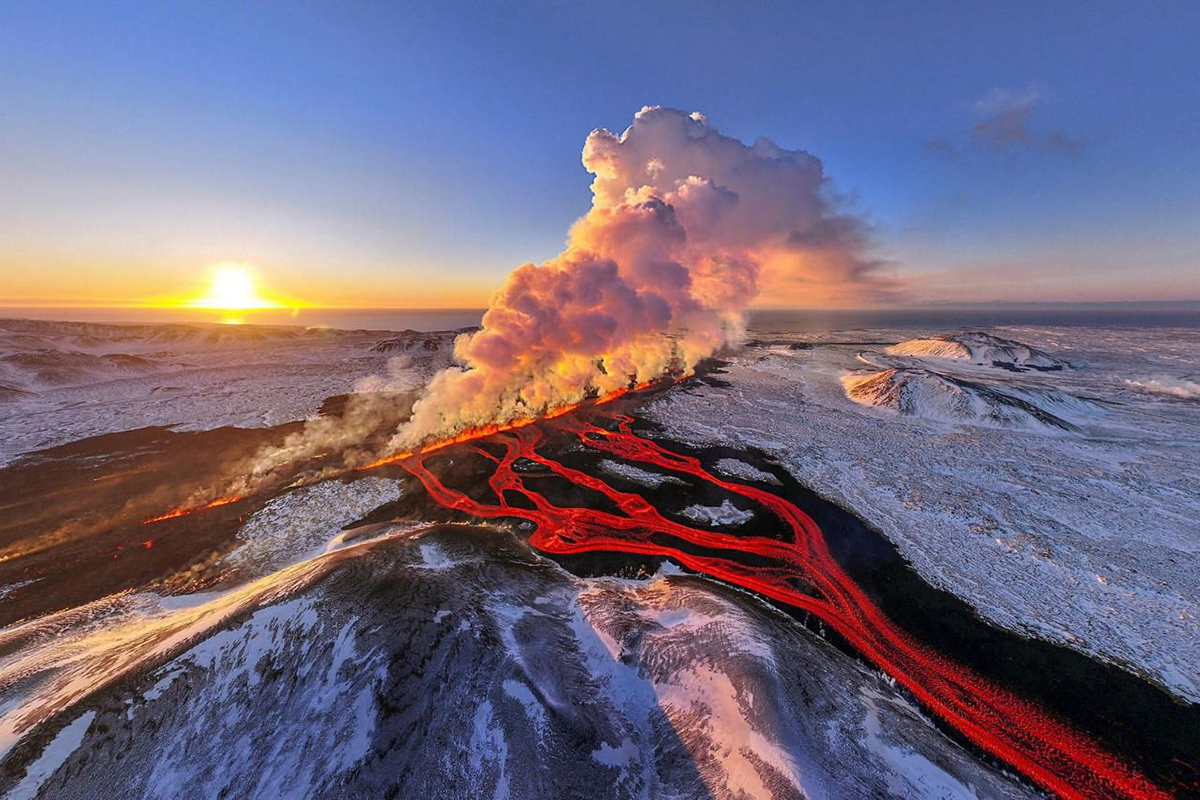
Historically, salmon aquaculture growth has been driven by production giants such as Norway, Chile and Scotland. But Iceland has come a long way over a short period of time to become one of the world’s fastest-growing fish-farming countries.
Since 2016, production has been increasing at a compound annual growth rate (CAGR) of 35 percent, while 43,866 MT of Atlantic salmon was produced in the fjords last year and around 3,000 MT on land, according to Matvælastofnun, the Icelandic Food and Veterinary Authority (MAST). New projects such as land-based systems and technological advancements like genetics are also adding to the sector, giving it the potential to grow into one of the pillars of the Icelandic economy.
“Salmon production grew steadily in Iceland between 2016 and 2021 but declined slightly in 2022 and 2023 after the country’s first infectious salmon anemia (ISA) outbreak along the Eastfjords in 2021. However, we expect growth to rise again in 2024,” Karl Steinar Óskarsson, head of the aquaculture department at MAST, told the Advocate.
“Salmon production is also forecast to represent about 6 percent of Iceland’s GDP in about eight years’ time,” said Benedikt Hálfdanarson, CEO of Benchmark Genetics Iceland. “By creating infrastructure and valuable, high-paid jobs, it has been a game-changer for communities and areas that have been struggling with a lack of work.”
Demand for Iceland’s salmon is high. Europe buys approximately 70 percent, while the United States is emerging as a fast-growing, high-paying market. Both continents can be reached by ship, reducing logistics costs and reliance on air transportation, while a free trade agreement with China was finalized in 2013. Iceland also has abundant clean, renewable energy, as well as pristine underground freshwater and accessible sea at optimal temperatures for salmon. This has been a key focus behind the drive toward land-based projects. Farming salmon in the fjords provides a healthy rearing environment thanks to strong currents and stable water temperatures and offers value to local communities, but it is still an emerging sector. Meanwhile, the advantages of land-based farms, such as production closer to end markets and a highly controlled environment, are drawing attention.
One company that will contribute to Iceland’s growth is GeoSalmo, which is building a hybrid flow-through farm in the country’s southwest. The new farm is aiming to deliver roughly 7,000 tons of salmonids during the initial phase of the project (the first products are expected to be harvested in mid-2027).
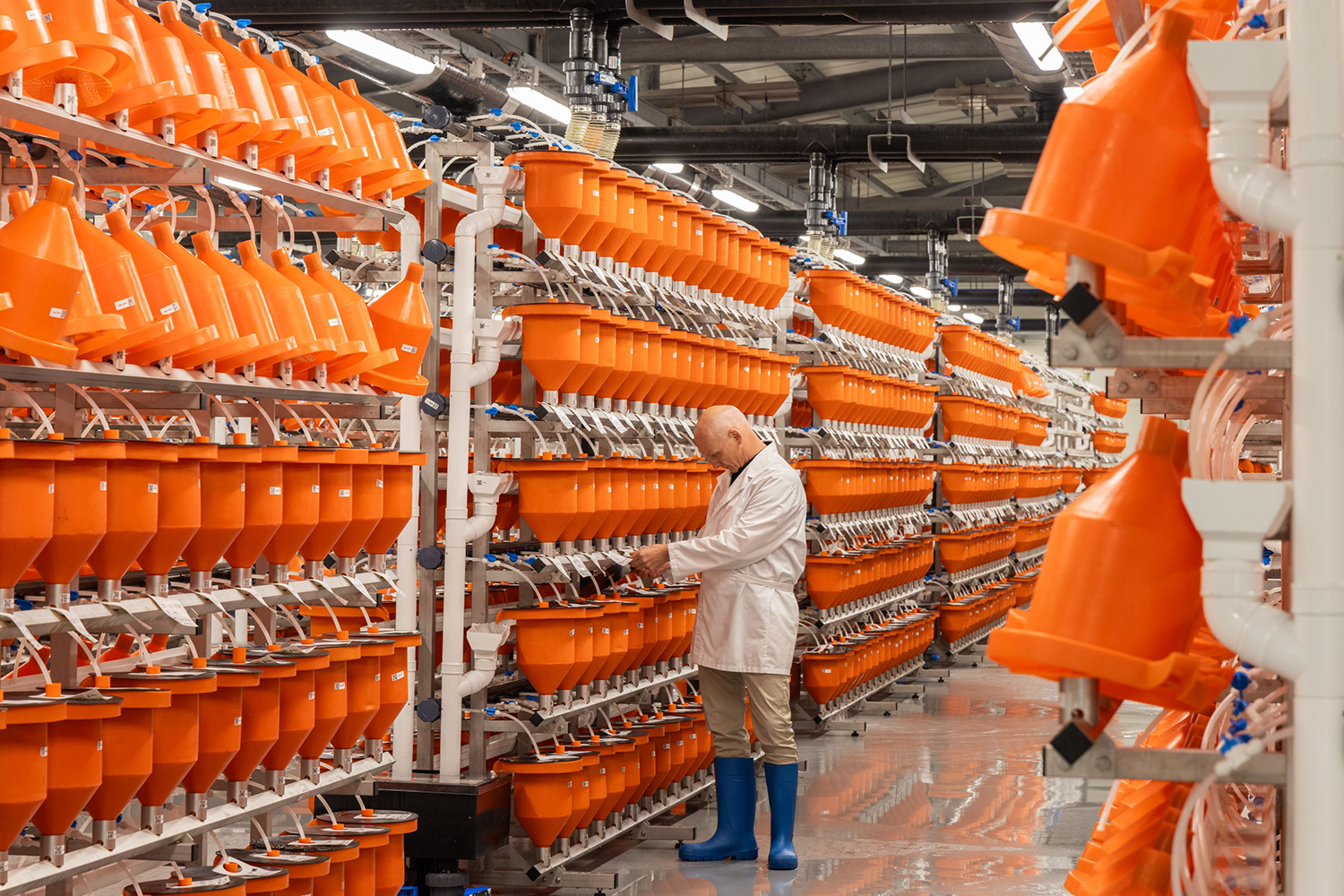
“The land-based sector has the potential to develop fast, thanks to water resources, affordable renewable energy and geothermal properties,” said Jóhannes Gíslason at GeoSalmo. “Production can be monitored and controlled carefully by optimizing water quality and temperature. It can also limit the spread of disease and improve predictability and stability.”
GeoSalmo’s farm will be located in Þorlákshöfn, one of Iceland’s largest fresh fish export harbors. This will secure optimal logistics to main markets and reduce domestic transport costs and emissions. The location is also home to freshwater and seawater that are naturally filtered through volcanic rock. Both will be supplied to the farm from boreholes, eliminating the need for water treatment, antibiotics and lice treatment. The water will also be heated by geothermal properties to between 10 and 12 degrees-C, creating the optimal temperature for salmon farming and minimizing power consumption.
However, what nature gives, it can also take away. In November 2023, an unexpected magma intrusion shook the town of Grindavík in the Southern Peninsula district. Matorka, a company that farms Arctic char on land, suffered damage from severe earthquakes caused by the intrusion.
“Land subsidence occurred during the night, and this caused three of our 12 large concrete production tanks, 1,500 cubic meters each, to crack where the wall panels join the bottom of the tanks,” said Christo du Plessis, CEO of Matorka. “In total, 80 tons out of more than 500 tons of fish were lost.”
Matorka’s operations resumed within a day or two with a full team allowed back on site. But subsidence severely damaged roads and buildings in Grindavík, and harvesting and processing was impossible for a week, until capacity in an alternative facility could be secured.
Meanwhile, five volcanic eruptions in the north and east of Grindavík, some kilometers away from Matorka’s farms, also occurred. This led to periodic power outages as electricity supply cables were damaged on several occasions. Despite these outages, production continued 24 hours a day with the use of on-site diesel generators. With each eruption, the farms had to be evacuated and access was only granted once safe working conditions were ensured.
But despite operating in such a volatile environment, there is a lot for Matorka to like about Grindavík. Like GeoSalmo, it can make use of the best conditions that Iceland has to offer for the raising of Arctic char on land. Grindavík is also close to labor, skills, suppliers, an international airport and a seaport adjacent to two geothermal power plants that supply renewable energy.
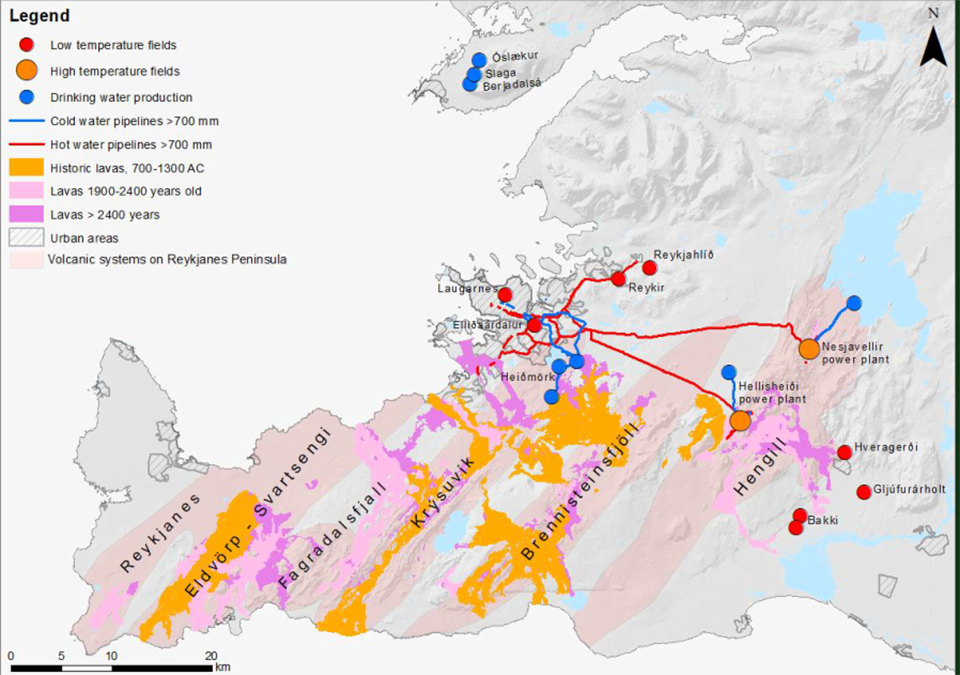
Matorka is committed to restoring the capacity of its grow-out farm near Grindavík, said du Plessis. This will enable the maximum annual production of 3,000 tons of Arctic char, while there is also an expansion opportunity on the site to more than double the current capacity. The probability of more geological disruption has prompted Matorka to also look further afield within Iceland for growth opportunities, while a decision on any expansion near Grindavík is subject to geological certainty.
“Our priorities are to source required funding to re-build and reach our full capacity production targets,” said du Plessis. “We continue to receive fantastic support from current shareholders and remain very positive about the project.”
Another challenge affecting Iceland’s salmon farming sector is logistics and workforce availability, particularly for offshore farms in the Westfjords that face heavy traffic on nearby roads and a lack of access to skilled labor. An educated workforce and higher education in aquaculture are also pressing needs, said Óskarsson, with universities currently taking steps to address this. Net pens in the fjords have also been susceptible to disease and are on alert following the 2021 ISA outbreak. This has promoted Iceland to strengthen regulations to mitigate outbreaks and establish a working group to draw up disease prevention and surveillance guidelines. Meanwhile, some companies have taken their own steps. Kaldvik, which farms salmon in the Eastfjords, established its own biosecurity zones and stopped the transportation of equipment and fish between these zones to prevent contamination.
Genetics and selective breeding are also considered promising disease prevention strategies.
“Our selective breeding programs enable genetic improvement of production traits like sea lice and disease resistance,” said Hálfdanarson. “Iceland has also taken great steps to hire people from abroad to address workforce availability issues. We have 14 different nationalities in Benchmark and many Norwegians work here as some companies are part owned by Norwegian firms. This has brought significant investment and experience.”
Investing in technological solutions like genetics is also a way to drive economic growth through the value chain. Founded in 1991, Benchmark Genetics Iceland has been holding its Atlantic salmon strain on land for the past 30 years. This offers a host of advantages including the opportunity to gather data and analyze performance throughout the fish’s life cycle, and a secure environment that is free of disease, where spawning can be controlled, eggs can be obtained weekly and delivered daily.
With two broodstock sites and a new incubation center, the company has a 200 million egg-production capacity. Ongoing involvement in research, breeding program development and a controlled environment provide farms with a major boost to the quality of their production – stronger, healthier and more robust fish.
“Our sea and freshwater are pumped from boreholes,” said Hálfdanarson. “They are free of pathogens and the perfect starting point for a biosecure system. Our breeding programs also focus significantly on growth, and we have doubled our fish’s growth rate over the last 30 years. We are also putting a lot of effort into R&D and producing sterile salmon amidst concerns over escapees mixing with wild populations. Investing in areas like breeding programs and genetics will propel Iceland’s salmon farming forward, addressing the global food demand sustainably and responsibly.”
Looking ahead, Gíslason is optimistic about the long-term prospects of Iceland’s salmon farming.
“It will undoubtedly remain a substantial part of the economy,” he said. “Iceland’s unique natural resources can be integrated with innovative technology for eco-friendly farming practices, making it a favorable place for aquaculture in general.”
“It’s a young sector that is working to address a mix of technical and biological challenges,” said Hálfdanarson. “However, we are very optimistic and positive toward land-based farms and more, and glad to be supplying material to them.”
Óskarsson, too, is optimistic, but cautious.
“It may be challenging for a while for land-based farms to reach their production targets, while water quality, stocking density, disease and supersaturation must be considered by land-based farms as they scale up,” he said. “Smolt production is another huge bottleneck. A lot of investment is needed, especially in smolt production for open net pens. Hopefully the sector will move toward bigger smolts and shorten growing time in open net pens from around 24 to 14 months. I believe that there is room for growth in land-based farming and in the ocean.”
Now that you've reached the end of the article ...
… please consider supporting GSA’s mission to advance responsible seafood practices through education, advocacy and third-party assurances. The Advocate aims to document the evolution of responsible seafood practices and share the expansive knowledge of our vast network of contributors.
By becoming a Global Seafood Alliance member, you’re ensuring that all of the pre-competitive work we do through member benefits, resources and events can continue. Individual membership costs just $50 a year.
Not a GSA member? Join us.
Author
-
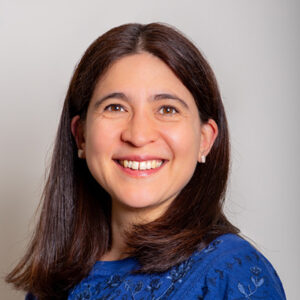
Bonnie Waycott
Correspondent Bonnie Waycott became interested in marine life after learning to snorkel on the Sea of Japan coast near her mother’s hometown. She specializes in aquaculture and fisheries with a particular focus on Japan, and has a keen interest in Tohoku’s aquaculture recovery following the 2011 Great East Japan Earthquake and Tsunami.
Tagged With
Related Posts
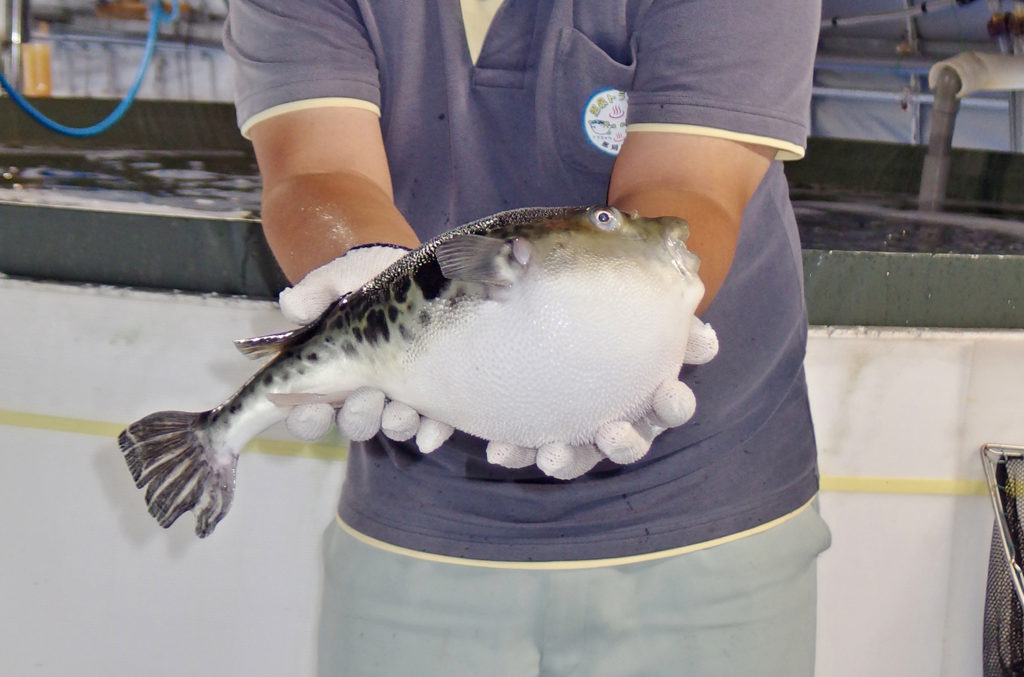
Intelligence
In Japan, tiger puffers find themselves in hot water
A technique to farm tiger puffers in hot spring water was invented to revitalize the town of Nasu-karasuyama and is now spreading to other areas of Japan.
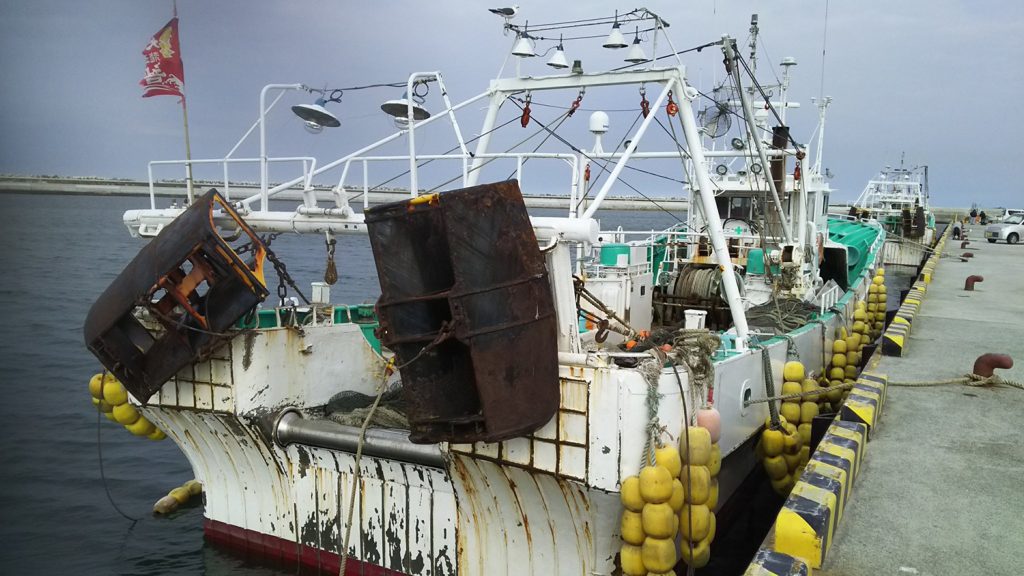
Fisheries
‘It’s been done for decades’ – How the upcoming Fukushima water release could impact Japan’s fishing industry
In Japan, discussions continue and concerns grow as authorities prepare for the Fukushima water release into the Pacific Ocean.
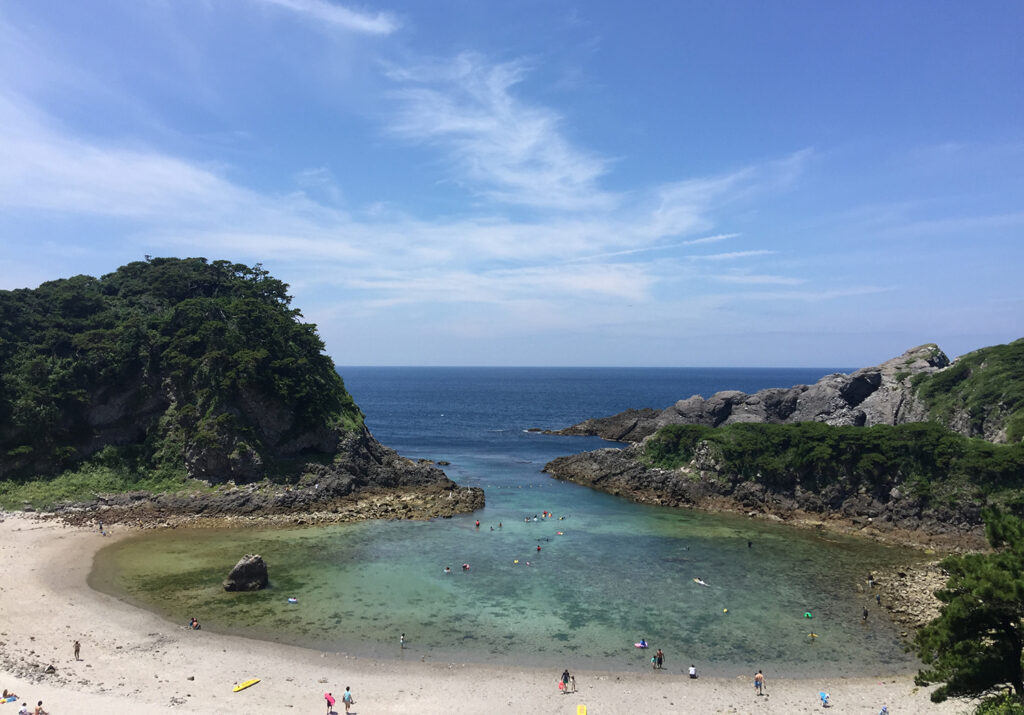
Responsibility
Is a Japanese volcano offering us a sneak preview of ocean acidification?
Shikinejima is a scenic getaway for tourists but the seas surrounding its volcano offer a glimpse of how the ocean could behave in the future.
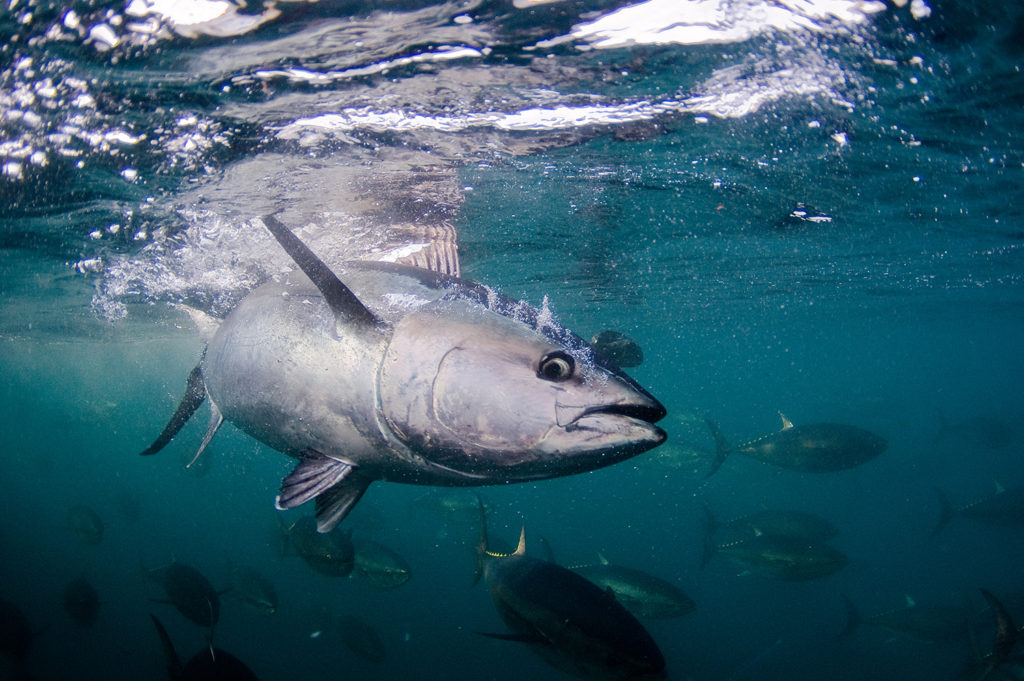
Innovation & Investment
Japan hopes aquaculture can save bluefin tuna
Bluefin tuna may be the most prized fish in the ocean. If hon-maguro sashimi is to remain chic, closed-cycle aquaculture may help keep it on menus.


